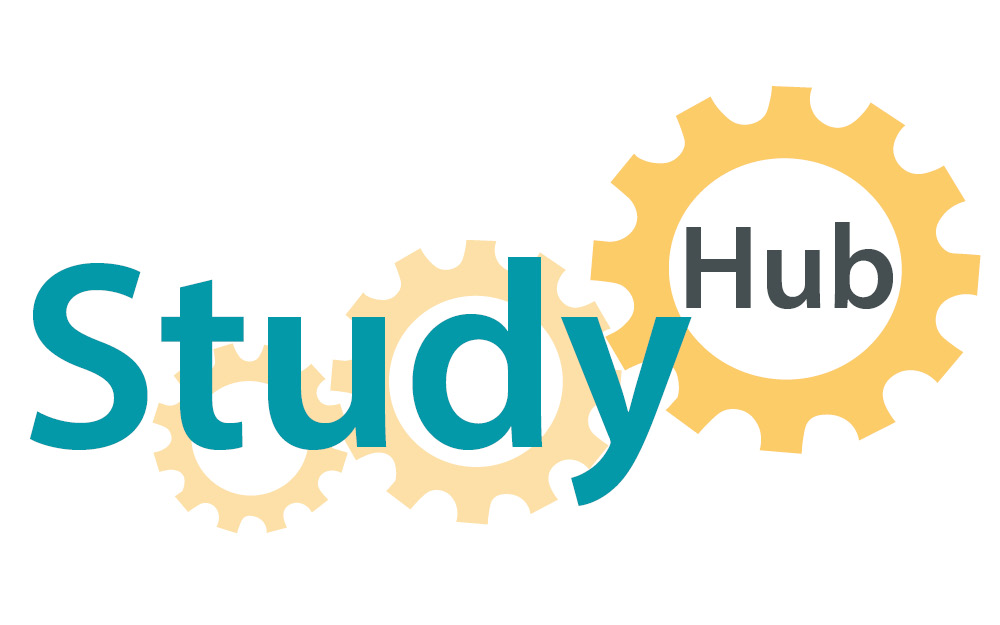Reading is an essential part of university study. But when you look through the reading lists for your courses, they can seem daunting. You might be asking yourself how you can read so much in so little time. Below are some tips on how to read more effectively and reduce the overall time it takes.
Before reading
- Think about why you are reading – what are you trying to gain from the reading? When the readings are not essential, are you trying to locate specific information, research for an assignment, understand difficult ideas, or gain an overview of a topic? Establishing your purpose can help you to read more efficiently.
- Establish what you already know about the topic. This can help you to decide whether you need to do a reading in the first place, or it can help you to remember the information in the reading. By linking it to examples, evidence and arguments you already know as you go, you are more likely to remember the reading itself. This means you should not need to re-read it.
During reading
There are a number of strategies you can use to cut down the amount you need to read. Here are some:
- Previewing a text means you get an idea of what it is about without reading the main body of it. You read the title, abstract, headings and any parts of the text that jump out, like tables. This can help you identify whether all the text is relevant for you or decide whether you only need to read particular sections of it in detail.
- Skimming involves running your eye over a text rapidly, looking at the index, headings, introductory and concluding paragraphs, as well as skimming through the main content by reading the first line of each paragraph. This allows you to pick up the main ideas of the text without focusing on the detail.
- Scanning is a matching task – you look through a text very quickly to find a specific piece of information, like the date of a battle. You should first skim the text to find the section you will need to read and then as soon as you find the important word or phrase you need, you should read in more detail.
- Intensive reading is where you pay close attention to the text. It should be used to study those parts of a text you have deemed relevant after previewing and skimming.
After reading
- Make sure you keep a record of the author, title, place of publication, publisher, and date so that you can find the reading again in the future and reference it in assignments.
- Try to write a summary, covering all of the reading’s relevant sections, from memory and without any aids. Go back to the reading afterwards to make sure what you have written is accurate. This will help to identify any gaps in your understanding.
Check out the Study Hub Learning Resources Reading at university page for further strategies and tips.
Bibliography
Cottrell, S. (2019) The Study Skills Handbook: Fifth Edition. London: Red Globe Press. ISBN: 9781137610898 (e-book).
McMillan, K. and Weyers, J. (2012) The Study Skills Book: Third Edition. Harlow: Pearson. ISBN: 0273773348 (e-book).
The University of New South Wales Sydney (n.d.) ‘Tips for Effective Reading.’ Available at:https://student.unsw.edu.au/effective-reading#:~:text=Keep%20track%20of%20what%20you,Taking%20notes%20from%20your%20reading. [Accessed on 15th June, 2020]



